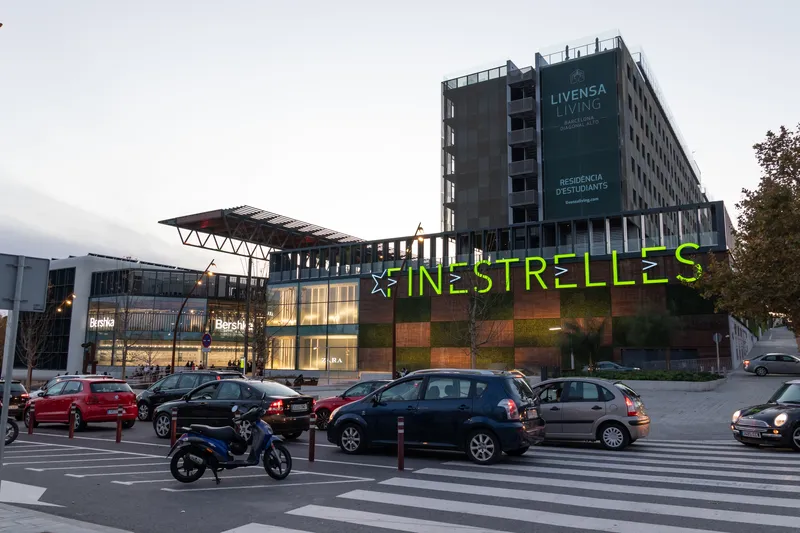
Emovis has installed its operational back office (OBO) solution, Emovis Qualify, with a leading highway operator in Chile, South America.
VíasChile manages 412km of roads across four concessions in the Metropolitan and Valparaíso regions, and the OBO is designed to improve the productivity of electronic transaction processing and the quality of data obtained in toll gantries.
It will be used on Autopista Central, the largest urban highway that crosses the capital city Santiago from north to south through two high-speed express lanes.
“As VíasChile, we trust that Emovis' experience will provide a solution that meets the challenges and requirements for managing our back-office platform," says Andrés Barberis, general director of VíasChile.
"This project is part of the company's strategy, where customer focus is one of the fundamental pillars of the projects we execute. This initiative will allow us to remain a global leader in the electronic tolling industry,"
Emovis has implemented free-flow tolling system OBOs for Metropistas in Puerto Rico, A25 in Canada, Rhode Island Turnpike and Bridge Authority in the US, Sanef in France and Mersey Gateway and Dartford Crossing in the UK, among others.
“Our OBO is designed with a high degree of automation to manage very high volumes of data with minimal manual intervention,” says Christian Barrientos, CEO of Abertis Mobility Services - Emovis.
“The system is tailored to local client needs across the world and brings continual innovation to enable robust revenue collection. It will adapt and evolve to meet the needs of our stakeholders in Chile.”









